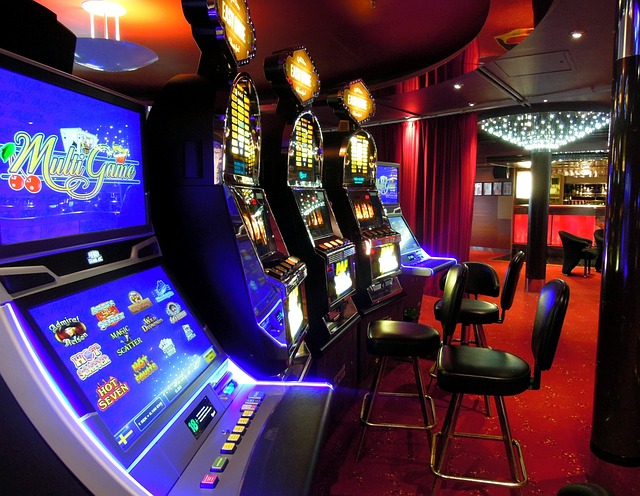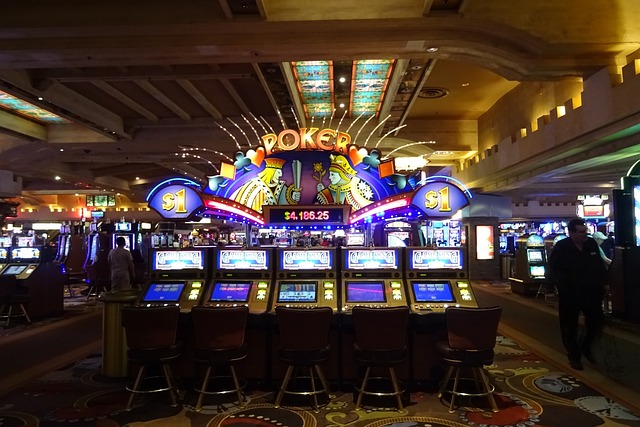When choosing a slot game, players often focus on themes, graphics, and bonus features. However, one of the most crucial factors to consider is the Return to Player (RTP). This percentage reflects how much of the total wagers a slot is programmed to pay back to players over time. Understanding RTP is essential for anyone looking to make informed decisions about which slots to play and how to manage their bankroll effectively. Here’s why RTP matters and how it influences your slot selection strategy.
What Is RTP?
RTP stands for Return to Player and is typically expressed as a percentage. For example, a slot with an RTP of 96% means that, on average, the machine will return $96 for every $100 wagered over a long period. It’s important to note that RTP doesn’t guarantee short-term outcomes, as slots are governed by random number generators (RNGs), but it does provide an indication of the game’s overall generosity.
A higher RTP generally means better long-term value for players, making it a key consideration when selecting which slot games to play.
How RTP Affects Your Odds

The house edge is the complement of RTP and represents the casino’s built-in advantage. For instance, a slot with a 96% RTP has a 4% house edge. While the house always maintains an advantage, choosing games with a higher RTP reduces this edge and increases your potential return over time.
For casual players, RTP provides a useful benchmark for comparing different games. Opting for slots with higher RTP values can help extend your playtime and improve your chances of hitting winning combinations. However, remember that RTP is a long-term average and may not reflect short-term outcomes.
High vs. Low RTP Slots
Slot games can vary significantly in RTP values, ranging from low 80s to high 90s percentages. High RTP slots, typically 96% or higher, offer a better return on wagers and are preferred by players aiming for longer sessions and better odds. Low RTP slots, while often offering larger jackpots or more volatile gameplay, can deplete your bankroll faster.
Choosing between high and low RTP slots depends on your risk tolerance and gaming goals. Players seeking steady returns might prefer high RTP slots, while those chasing big wins may opt for lower RTP games with higher volatility.
RTP Is Not the Whole Story

While RTP is a valuable indicator, it’s not the only factor to consider when selecting a slot. Volatility, bonus features, and personal preferences also play a role in determining your gaming experience. Volatility affects how often and how much a slot pays out—high volatility means bigger but less frequent wins, while low volatility offers smaller, more regular payouts.
Combining an understanding of RTP with knowledge of volatility and game features can help you make smarter choices and enjoy a more tailored slot experience.
